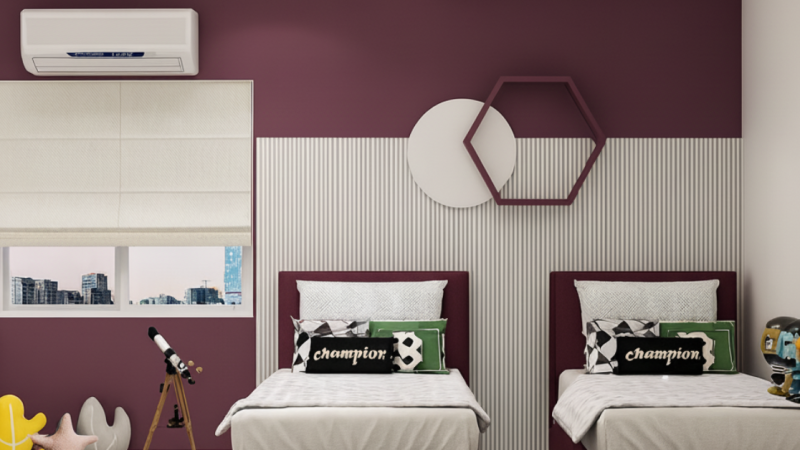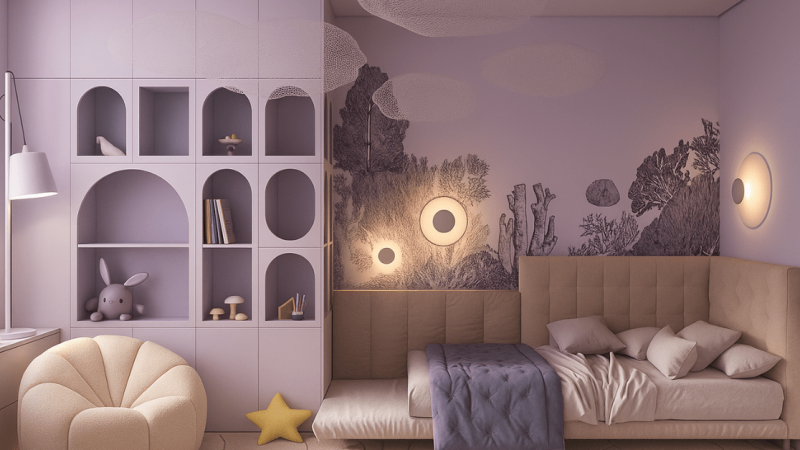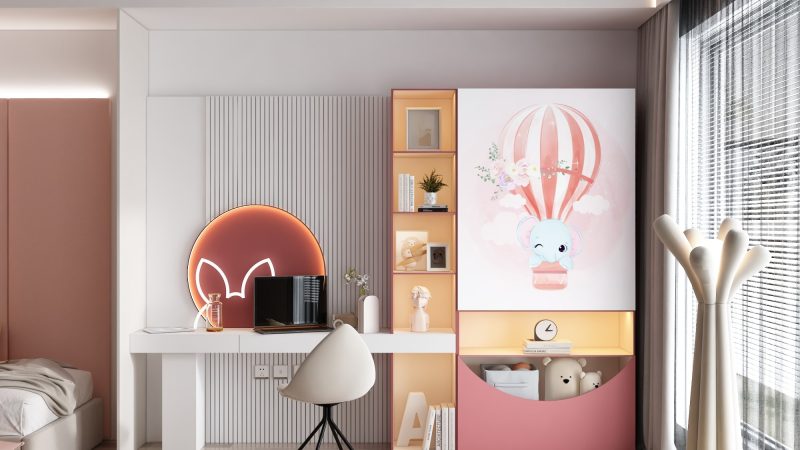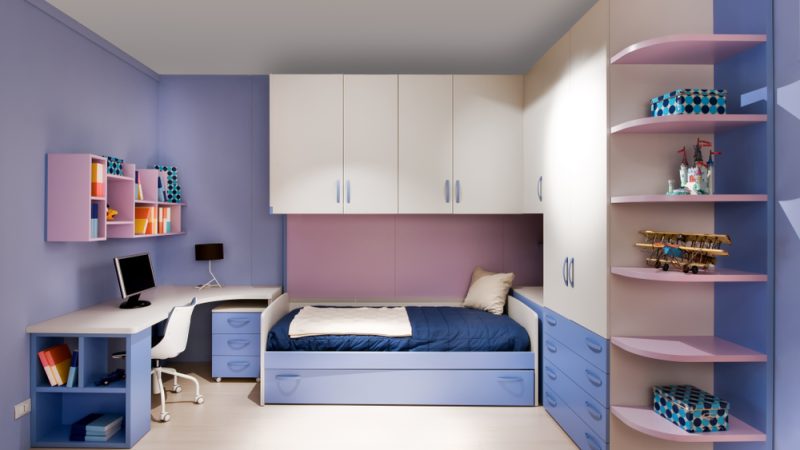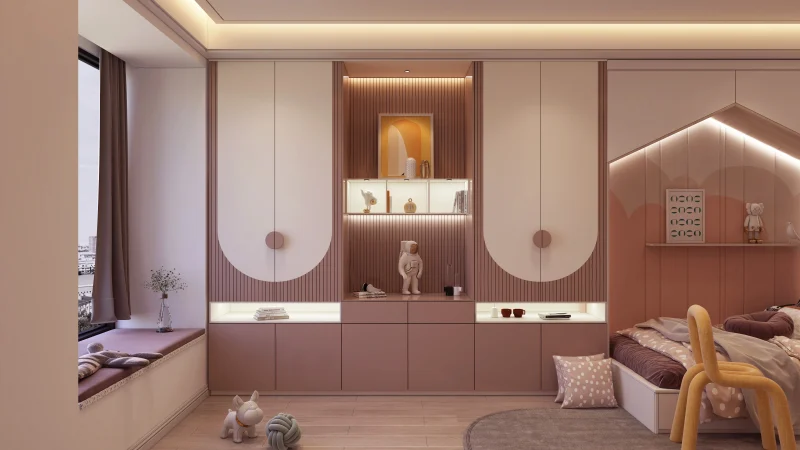Smart Sleep Spaces: A Practical Guide to Kids Bed Design That Grows with Your Child
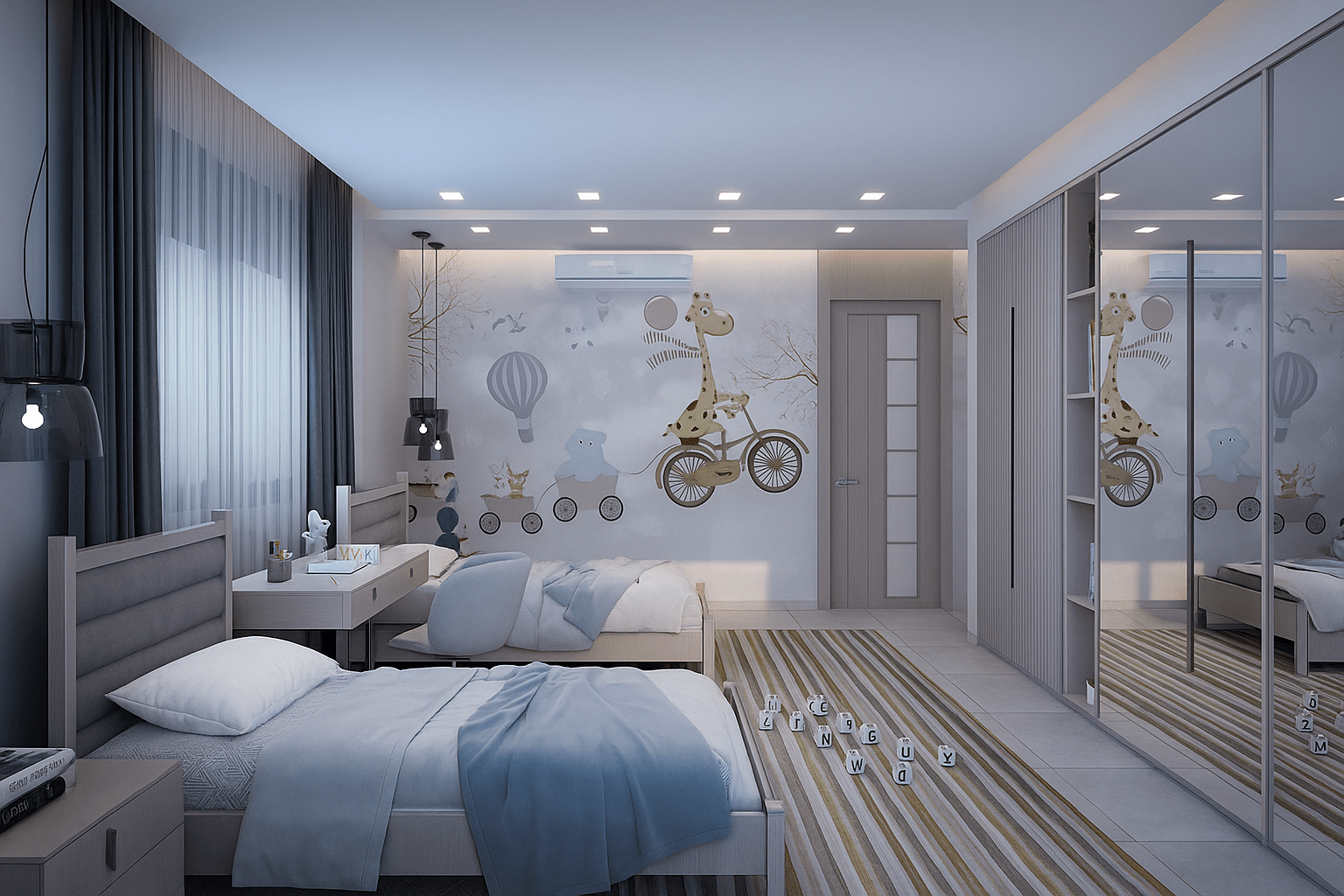
When designing a child’s bedroom, one of the most important furniture choices you’ll make is the bed. A thoughtfully designed kids bed design goes beyond a place to sleep—it becomes a space to play, learn, and grow. From toddler stages to teenage years, the right bed sets the tone for comfort, safety, and style.
In this guide, we explore the most common questions parents ask when planning a bed design for their child. Whether you’re furnishing a nursery or upgrading to a study-cum-sleep setup for your preteen, this article will help you make informed decisions that last.
What should I look for in a good kids bed design?
The most important factor in choosing the right kids bed design is to prioritize safety, durability, and adaptability. Children grow quickly, and so do their needs. A bed that looks cute today may become impractical in just a couple of years if it doesn’t evolve with them.
Checklist for choosing a kids bed:
-
Rounded corners and smooth edges for safety
-
Non-toxic paint or polish
-
Sturdy frame with long-lasting materials like engineered wood or hardwood
-
Age-appropriate height
-
Storage options for toys, clothes, or books
-
Scope for converting into a bigger bed or adding functionality later
It’s important to balance design with usability. If the bed comes with added features like under-bed drawers or a pull-out trundle, it’s a plus for both storage and sleepovers.
Is it better to buy a theme bed or a neutral design?
Theme beds—such as race cars, princess castles, or cartoon characters—are popular among younger children. While they create excitement, they may have a short shelf life. Children often outgrow themed designs quickly as their interests change.
A better long-term approach is to invest in a neutral kids bed design that offers flexibility in decor. You can personalize it using:
-
Themed bedsheets or cushions
-
Wall stickers or posters around the bed area
-
Night lamps and toys matching their current interests
This gives you the freedom to update the room without replacing major furniture. A simple wooden bed or a painted frame in a favorite color works well across age groups and trends.
How do I select the right bed size for kids?
Bed size should depend on your child’s current height, age, and how long you want the bed to last. Many parents make the mistake of buying a small toddler bed and replacing it within a few years.
General size recommendations:
-
Toddler beds: Best for ages 2–4; smaller in size with side rails
-
Single beds: Ideal for ages 4 and up; enough space to last into teenage years
-
Twin beds with storage: Suitable for growing kids and compact rooms
-
Full-size beds: Work well for teenagers or shared rooms
If you’re limited by space, a single bed with a pull-out trundle can double as a guest bed or an upgrade for when your child outgrows the main one.
Are bunk beds a safe and smart option for children?
Bunk beds are a popular choice in families with two children sharing a room or in homes with limited bedroom space. A bunk bed for kids maximizes vertical space and often adds a fun element to the room. However, safety should always be the top priority.
Guidelines for choosing a safe bunk bed:
-
Choose one with strong guardrails on the upper bunk
-
Ensure the ladder is sturdy and easy to climb
-
Use a thinner mattress on the top bunk to reduce height
-
Children under 6 should not sleep on the upper bunk
-
Anchor the bed frame securely to the wall, if possible
Many modern bunk beds come with built-in shelves, desks, or drawers, turning the entire unit into a multi-purpose furniture piece.
How can I design a bed that includes study and storage space?
In urban homes where space is limited, multi-functional bed designs are a game changer. Beds that come with an attached study table, bookshelf, and storage drawers make the room more efficient.
These setups are ideal for children aged 6 and up, who need a dedicated study zone. Options include:
-
Loft beds with a study desk and storage below
-
Platform beds with drawers, bookshelves, and side storage
-
Pull-out study desks attached to a side panel
-
Beds with wall-mounted shelves for books and school supplies
This kind of design supports productivity and teaches children the importance of organization from an early age.
What materials are best for kids beds?
Kids beds should be built from materials that are durable, safe, and easy to maintain. Parents often choose between wood and engineered wood, while avoiding metals or glass elements that may pose safety hazards.
Popular choices for kids bed materials:
-
Solid wood: Durable, eco-friendly, long-lasting but more expensive
-
Engineered wood: Affordable, stable, and available in various finishes
-
Plywood with laminate finish: Sturdy and resistant to wear and tear
-
MDF or particle board: Less durable, suitable for temporary use
Make sure that any paints, adhesives, or finishes used are low in VOCs (Volatile Organic Compounds) to ensure the health and safety of your child.
Kids Room Design for Two Kids: Smart, Stylish, and Space-Saving Ideas
How do I make the bed more engaging for my child?
Personalization is key to making your child feel connected to their space. Even if you choose a simple kids bed design, you can make it engaging by adding small details that reflect their interests.
Ideas to personalize a kids bed:
-
Use bedsheets with favorite themes or colors
-
Add name tags, monograms, or custom cushions
-
Incorporate glow-in-the-dark wall stickers around the bed
-
Attach a small headboard with built-in lights or storage
-
Hang fairy lights or a small canopy for a magical touch
These creative additions make the child feel involved and happy in their space, without needing a major investment.
What is the ideal height for a kids bed?
A lower bed frame is always recommended for young children, especially toddlers and early school-aged kids. A low-height bed reduces the risk of injury if they roll over or jump down.
As your child grows older, you can shift to standard bed heights. Just ensure the bed remains easy to access and offers support for the mattress type you choose.
Recommended bed heights:
-
For toddlers: 10–12 inches from the floor
-
For school-age children: 18–24 inches
-
For teenagers: 24–30 inches (standard adult height)
Adjustable leg beds are also an option if you want a frame that evolves over time.
How often should a kids bed be replaced?
A well-built bed can last from early childhood to the teenage years. However, the decision to replace it depends on factors like comfort, wear and tear, changing needs, or room renovations.
Signs it’s time to replace the bed:
-
Bed creaks or wobbles
-
The child has outgrown the bed in length or width
-
Storage needs have increased
-
Style no longer matches the room’s design
-
Structural damage or broken fittings
Modular beds with expandable options or removable parts allow you to make small upgrades without replacing the entire unit.
Final Thoughts on Choosing the Best Kids Bed Design
A child’s bed is more than just furniture. It’s the centerpiece of their personal space. It should offer comfort, promote healthy sleep, and reflect their personality. Whether you’re working with a small room or designing a complete theme room, the right kids bed design will create a sense of security and belonging.
As a parent, your goal is to combine safety with style, and function with fun. And with so many smart, modular, and customizable bed designs available today, you can create a space that grows with your child without compromising on aesthetics or budget.
Call to Action
Looking for expert help with kids bed design that’s custom-made for your home?
At Customfurnish, we craft space-saving, modular, and child-friendly furniture that’s both beautiful and durable. From concept to installation, we deliver your dream setup in just 21 days.
Call us today at +91 9014324646 or visit www.customfurnish.com to book your free design consultation.

